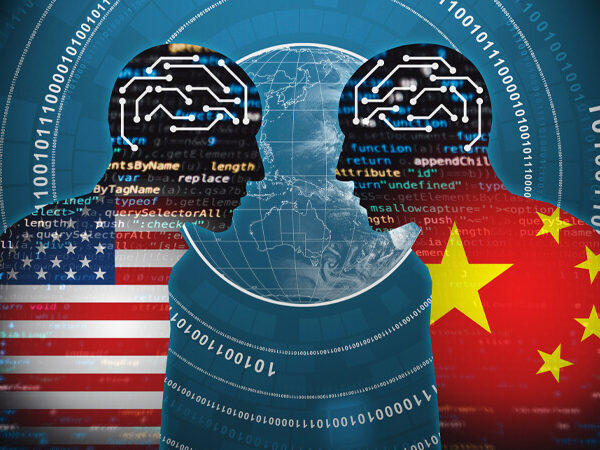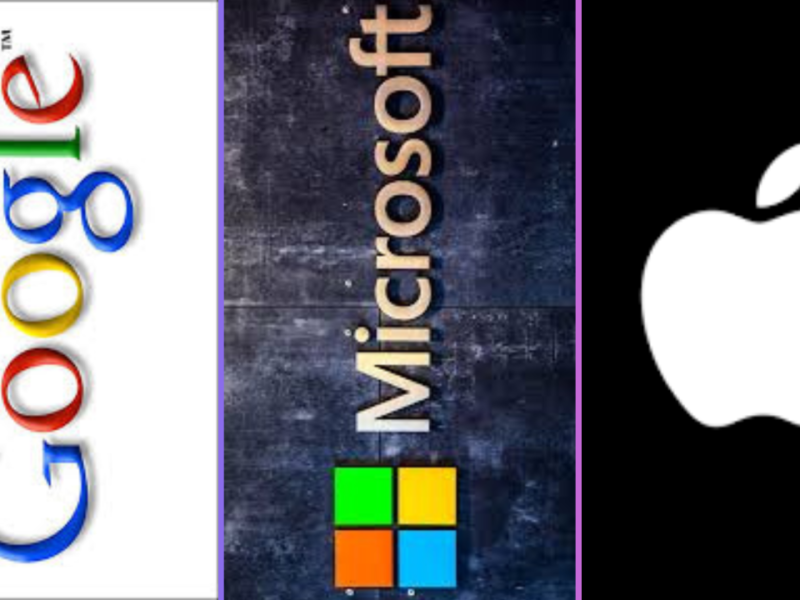In 2025, the technology sector is experiencing a significant transformation characterized by widespread layoffs and a reevaluation of remote work policies. The rapid integration of artificial intelligence (AI) and automation is reshaping employment landscapes, prompting companies to adjust their workforce strategies.
Current Landscape of Tech Layoffs
The trend of workforce reductions, prominent in the early 2020s, persists into 2025. Major technology firms are implementing layoffs to streamline operations and adapt to the evolving market. For instance, DBS Group announced plans to reduce its workforce by approximately 4,000 positions over the next three years, attributing this decision to increased automation and AI integration.
Similarly, leading tech companies such as Meta, Microsoft, and Amazon have initiated job cuts in 2025. These reductions are part of broader efforts to restructure organizations and focus on strategic priorities, including the adoption of AI technologies.
Impact of AI and Automation on Employment
The infusion of AI into various business processes is redefining job roles and responsibilities. While AI enhances efficiency and productivity, it also leads to the displacement of certain positions, particularly those involving repetitive tasks. A report by the World Economic Forum indicates that by 2030, AI and data processing will create approximately 11 million jobs but may displace around 9 million, highlighting a net positive yet disruptive impact on the job market.
Notably, entry-level positions, especially in software engineering, are increasingly susceptible to automation. The advent of AI-driven coding tools has diminished the demand for junior developers, as machines can now perform tasks traditionally assigned to human programmers. This shift necessitates a reevaluation of career pathways and skill development for aspiring tech professionals.
Evolution of Remote Work Policies
The COVID-19 pandemic catalyzed a global shift toward remote work, a trend that has continued into 2025. However, the landscape of remote work is evolving in response to technological advancements and organizational needs. AI-powered tools are enhancing remote collaboration, enabling seamless communication, and efficient project management across distributed teams.
Despite the benefits, some organizations are reassessing the extent of remote work. Concerns about productivity, team cohesion, and training have led to a hybrid approach, blending remote and in-office work. This model aims to balance flexibility with the advantages of in-person collaboration.
Future Outlook
The intersection of AI integration and remote work is poised to redefine the future of employment. Companies are likely to continue leveraging AI to optimize operations, which may result in further workforce adjustments. Simultaneously, the demand for roles that require human creativity, problem-solving, and emotional intelligence is expected to rise, as these are areas where AI currently lacks proficiency.
For professionals navigating this evolving landscape, continuous upskilling and adaptability are essential. Embracing lifelong learning and acquiring competencies in AI-related fields can enhance employability and career resilience in an AI-driven economy.
In conclusion, the tech industry’s trajectory in 2025 reflects a complex interplay between technological innovation and workforce dynamics. As AI and automation become increasingly integral to business operations, both employers and employees must proactively adapt to the changing paradigms of work.




